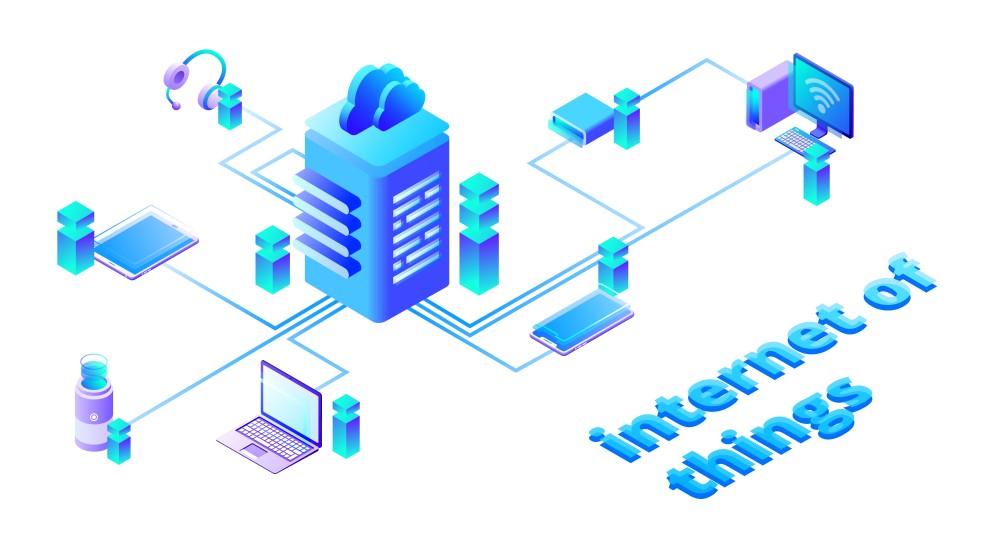IIoT has transformed the way in which industrial companies operate day-to-day. Whether it’s enabling Industrial AI to detect the defects, providing real-time production efficiency data to uncover additional capacity in a plant, or downtime capturing, IIoT—and the software solutions powered by it are driving powerful business outcomes. In this blog let’s see more about Industrial Internet of Things.
What is the Industrial Internet of Things (IIoT)?
The Industrial Internet of Things is a process where the smart connected assets operate as part of a larger industrial system to make up the entire manufacturing enterprise smarter & hence, improve productivity and quality.
Benefits of IIoT for Manufacturers
- Real-time data & analytics
- Predictive maintenance
- Asset tracking
- Facility management
- Connecting remote assets
- Easier-to-use interfaces
- Process and behavior monitoring
Components of IIoT
The Industrial IoT connects intelligent assets, a data communications infrastructure, software and analytics, and people to gain actionable manufacturing operations.
- Intelligent assets: This comprises connected things including sensors, edge devices, controllers, IoT gateways, embedded systems, etc.
- Data Communications infrastructure: IIoT systems are often deployed on cloud infrastructures for storing, managing, and processing data using a network of remote servers rather than a local server.
- Software: IoT software provides an interface for users to interact with the IIoT system and also helps in analyzing data collected to make better decisions and improve performance.
Use cases for IIoT are ever-expanding, and here are a few examples:
1) Supply Chain Optimization: Supply chain consists of a variety of manufacturing assets and transportation mechanisms to streamline the process. The use of IIoT enables machines and assets to communicate with one other to perform automated tasks based on data received at each entry point within the supply chain.
2) Predictive Maintenance: Predictive maintenance feature of IIoT can track all the machinery across the manufacturing process. Getting real-time data from industrial assets enables manufacturers to forecast the need for any sort of maintenance even before a problem arises.
3) Inventory Management: Embedded sensors within the IIoT system drive real-time visibility across inventory systems, production cycles, warehousing, and distribution centers. It also provides real-time actionable insights to manufacturers which can, in turn, improve the allocation of raw materials, transportation logistics, efficient scheduling, and ordering timelines.
4) Asset Tracking: With IIoT-enabled asset tracking sensors, industries are able to remotely track equipment and transportation fleets in real-time. This enables industries to save money, reduce risks and enhance theft prevention mechanisms.
5) Smart & Remote Monitoring: This feature provides real-time actionable insights that can be used for employee management, improve customer experience, address maximize IoT opportunities and operational setbacks. Same way, IoT-connected sensors, enable a live overview of the production process, machine performance & operations remotely.
Conclusion:
In a business world where competition continues to rise, organizations are looking towards solutions that can revolutionize the manufacturing industry through process optimization & data intelligence, and ‘IIoT’ is the current best possible answer.
Sterison, a leading technology, and services firm, offers a complete range of reliable and cost-effective IoT services for organizations from different industry verticals to address their business challenges and tech obstacles. Contact us for a discussion.






